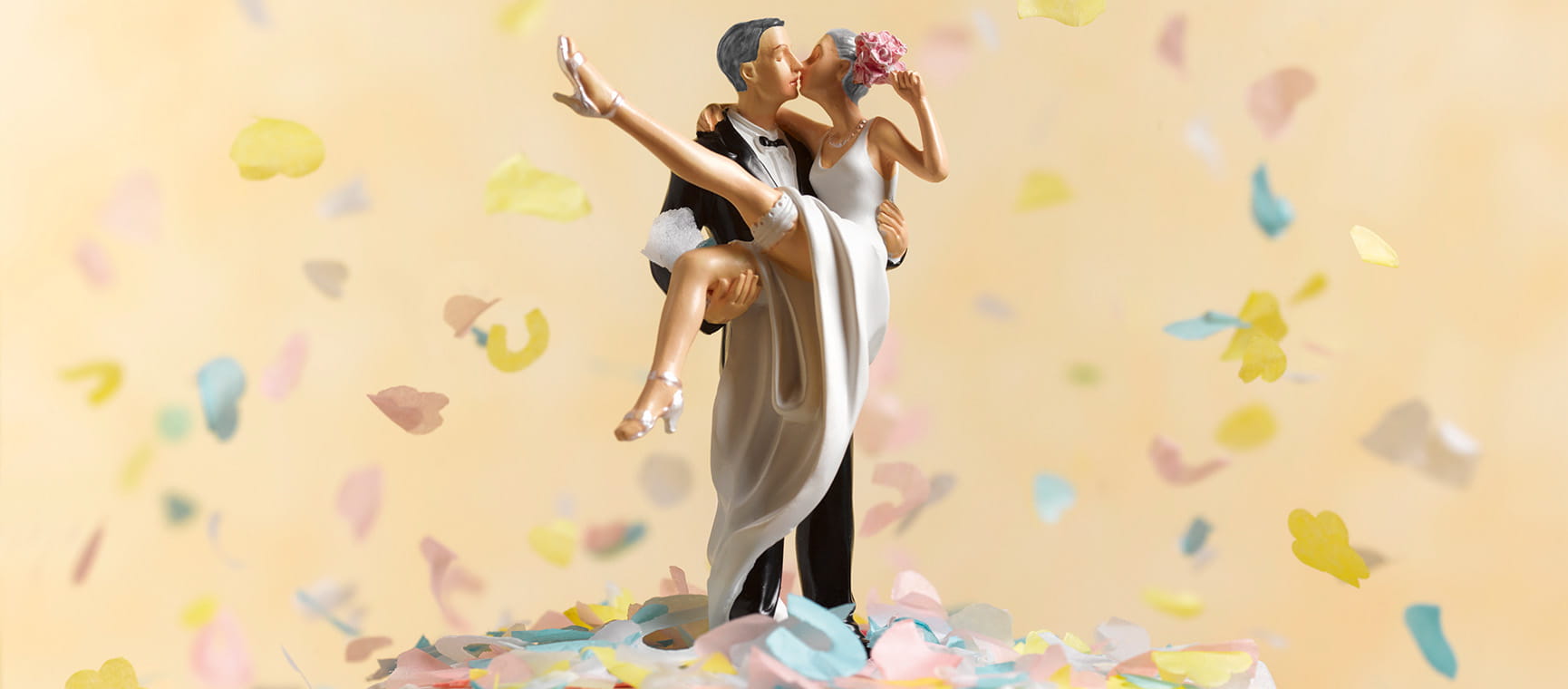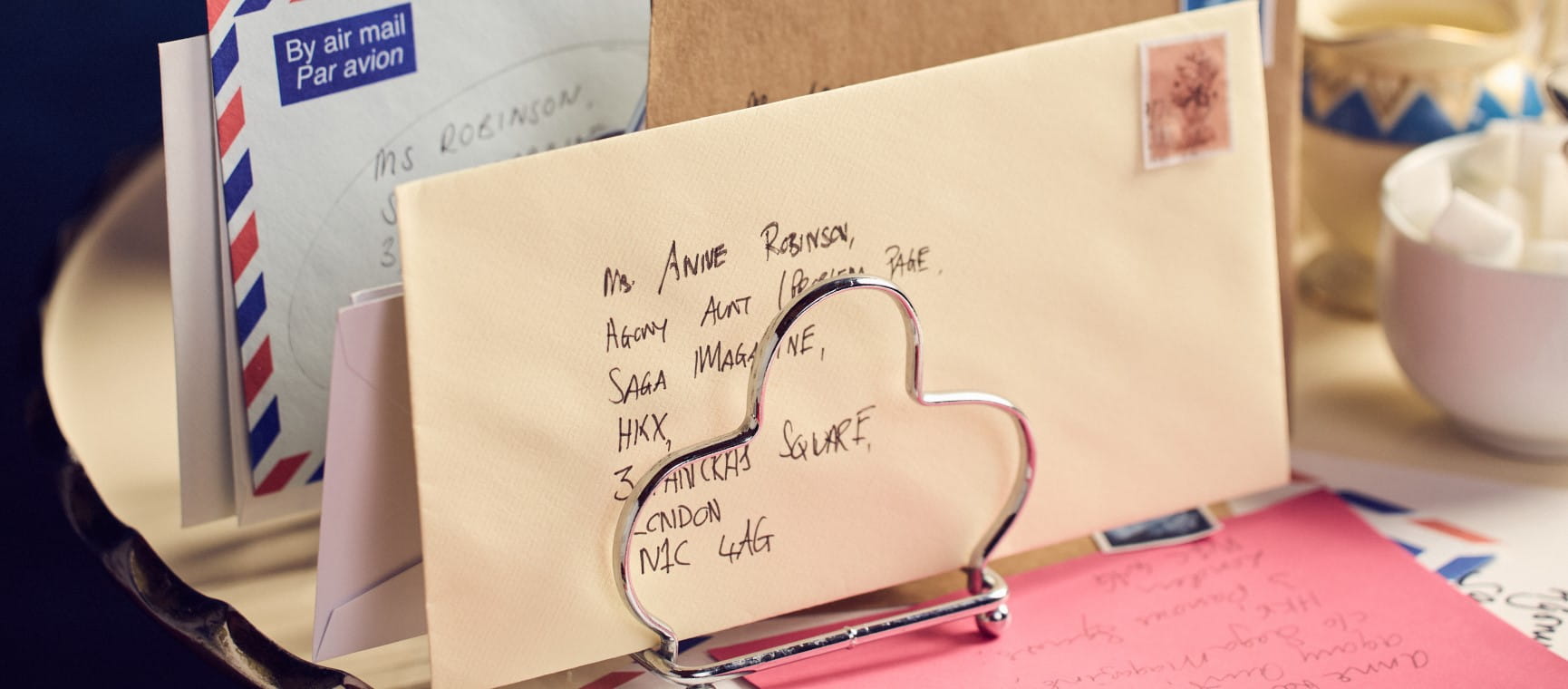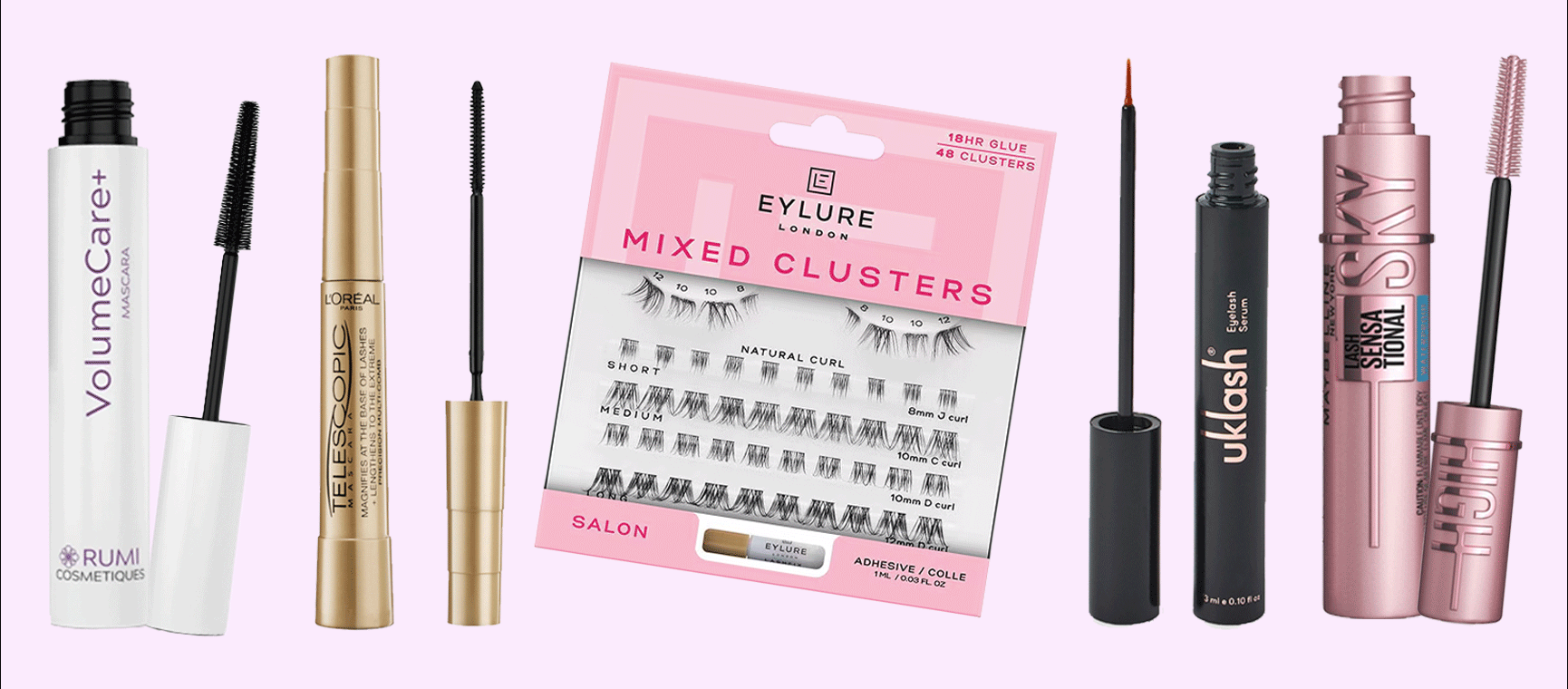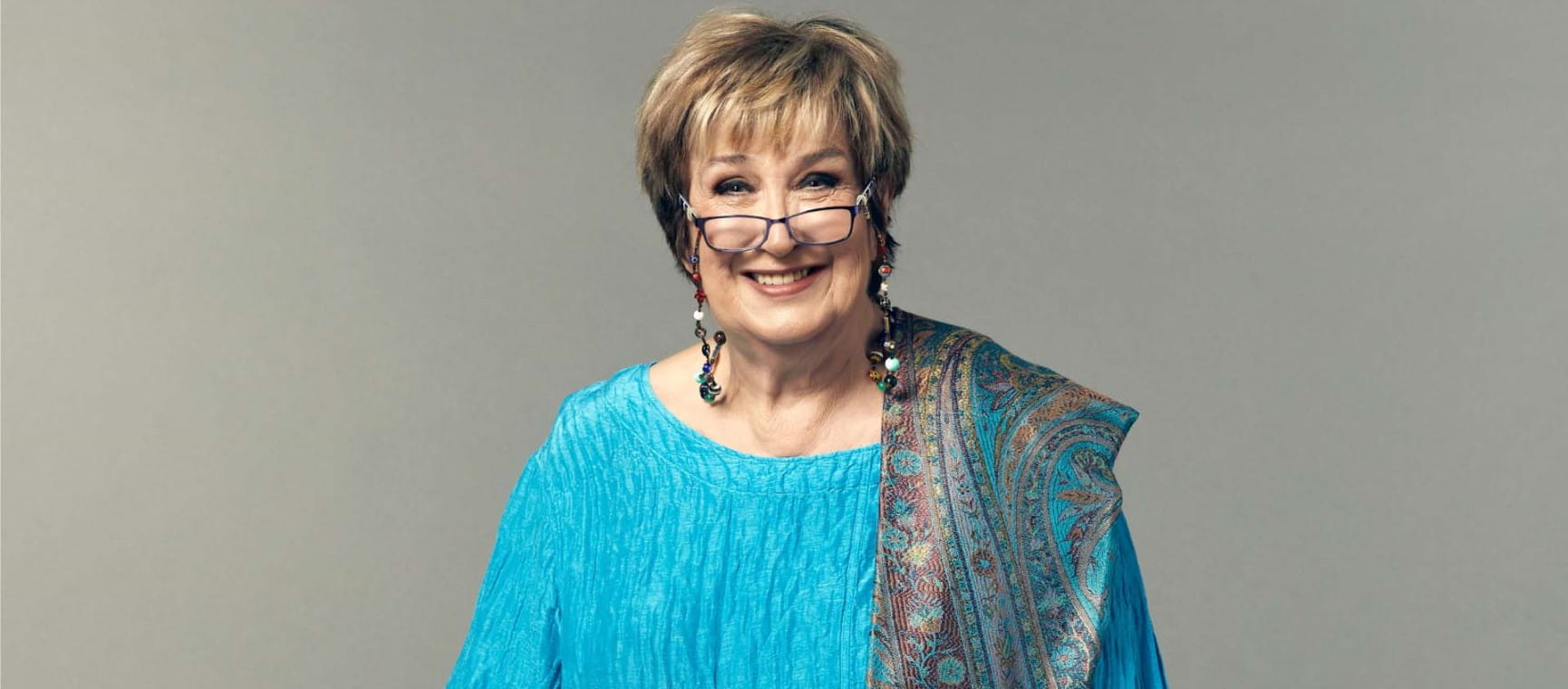Going grey: to dye or not to dye?
We all end up going grey in the end, so do we stay silver or cover up with colour?
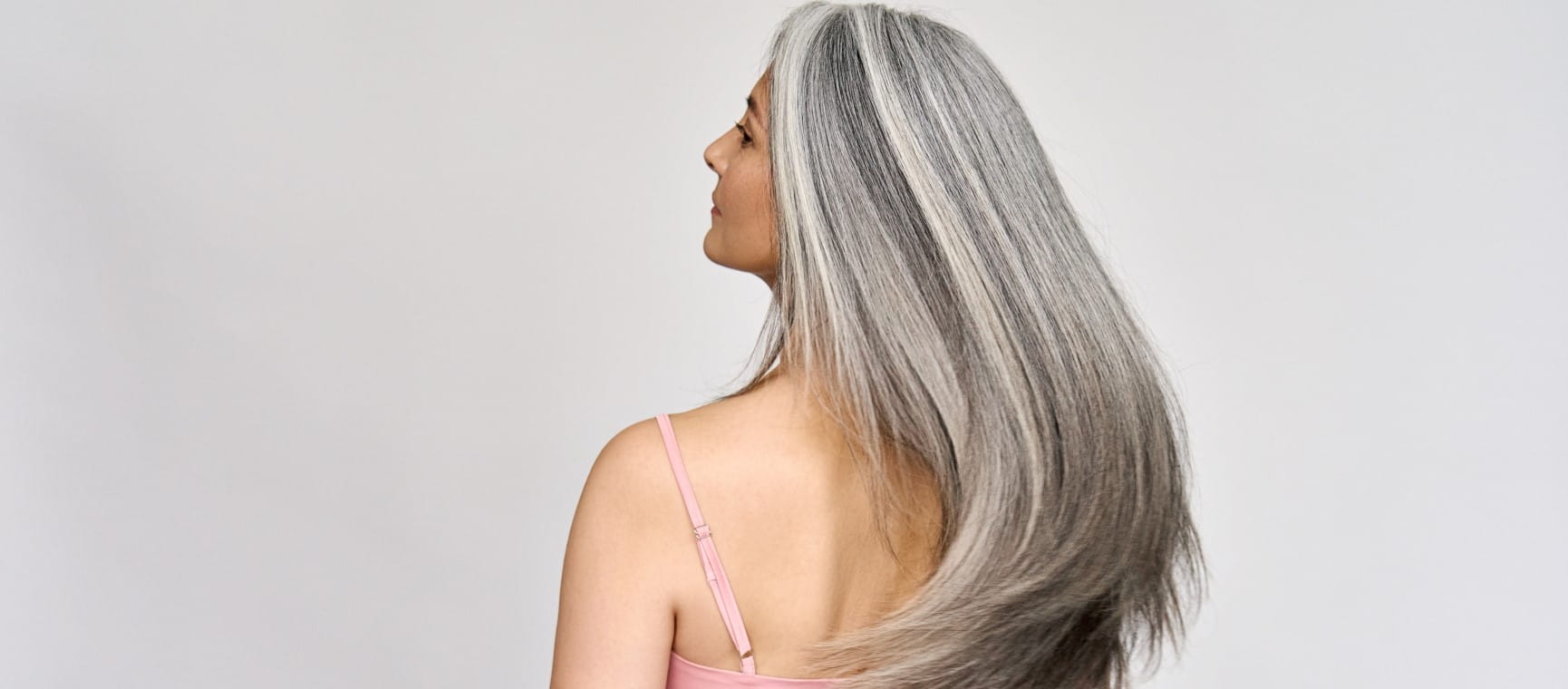
We all end up going grey in the end, so do we stay silver or cover up with colour?

To go grey or not to go grey? We've got the pros and cons of going grey, with expert advice and real life experiences...
Going grey is an inevitable part of the ageing process; as the hair’s melanocytes (cells that produce pigment) make less melanin, hair seems to turn grey.
In reality, it’s just losing its natural pigment – your hair doesn’t acquire a grey colour, it is just a variation in shade. Some end up with a head of white hair and others silver, or dark grey.
Of course, the greying process is all linked to genetics. Some go grey in their twenties and others their sixties or beyond. Just blame your parents.
There has been a trend for young men and women to dye their hair grey before they have even had one grey hair appear.
Known as the ‘retiree rinse’ and ‘granny hair’, it has been seen on celebrities such as singers Lady Gaga and Rihanna, various models, and has been a trend on fashion catwalks.
Well, so be it if they wish to copy those who do have natural grey hair. Take it as compliment, I say.
The decision to conceal with colour or go grey is always a tricky one. Many women prefer to colour their hair, as they feel it makes them look younger.
Chemically colouring hair is obviously time-consuming and involves considerable financial outlay. It can also lead to hair breakage and a dry, itchy scalp, if not cared for correctly.
The jury is out on this one though as each person will have a different take. Letting hair go completely grey is certainly easier in one respect (not having to dye it) but it does bring some other hair issues to the table.
It is harder to manage, on a day-to-day basis, as it is drier and more flyaway. Plenty of moisturising and smoothing products will sort this out though.
Getting a decent cut can take years off you, regardless of hair colour.
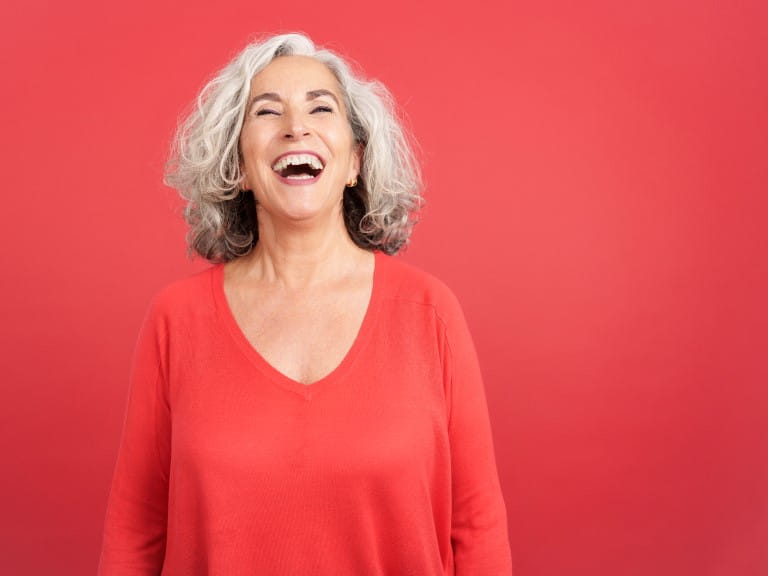
There was no lightbulb moment when I decided to go grey, just a dawning feeling that I could do better things with my time – and money – than spend them at the hairdresser’s.
Time was when my dark tumbling curls were my signature. When the first grey strands made an appearance I turned to henna, which served me well until, some years later, my hairdresser suggested a semi-permanent tint and, as the greys continued to appear apace, permanent colour.
Salon visits became ever more frequent until I was spending more time with my hairdresser, covering up the evidence of my age, than I did with my family. My hair was in terrible condition and the trademark curls were a distant memory.
Around this time I had some photos taken for a website. Freshly coiffed, I imagined I looked nowhere near my true age — until I saw the pictures. Far from making me look younger, my dark helmet of hair was distinctly ageing.
It was another year, during which I agonised, before I took the plunge. Friends were divided: many said it would make me look old. To boost resolve I roamed Pinterest for images of silver-haired icons, such as Canadian fashion influencer Grece Ghanem, model Yazemeenah Rossi and Helen Mirren. Meanwhile on Instagram @grombre, a celebration of grey hair, became my go-to follow.
In November 2016, I walked into my hairdresser’s and announced, ‘I want to go grey’. Naturally, it wasn’t that simple. The road to grey involved having blonde highlights put in to soften the regrowth: a lifelong brunette, I just didn’t feel like me. What’s more, despite my brave assertions, I feared that having grey locks would plunge me into wraith-like obscurity.
Luckily, this couldn’t be further from the truth. My hair has been its natural colour for more than a year now and it’s been a revelation. I love all its variations of shade.
Meanwhile, no longer stripped of natural oils, its condition has improved. Even my curls are making a tentative comeback.
Perhaps the biggest surprise though has been that, far from rendering me invisible, my hair attracts more attention – and compliments – than before. As for looking old, many of the friends who issued dire warnings now say I look younger. Not that it bothers me anymore. Ditching the dye has liberated me in more ways than one and I couldn’t give a toss of my silver mane.

The ultimate guide to Saga Puzzles, full of technical tips, tricks and hints.

With the start of the new financial year on 6 April, our money expert explains the changes to your pension, benefits and taxes.


